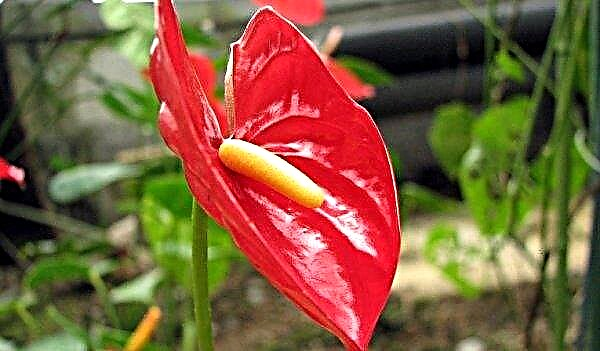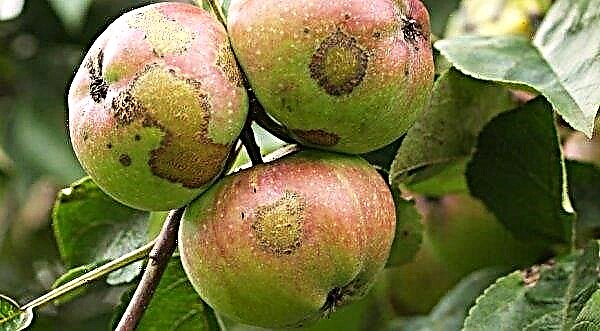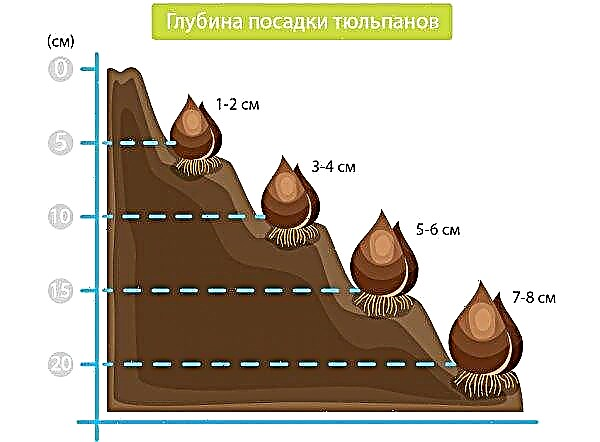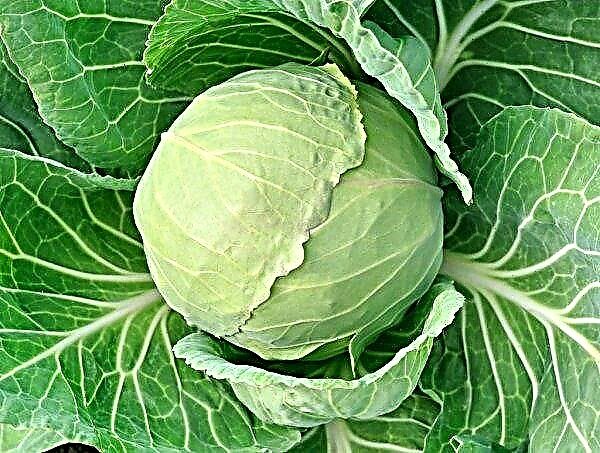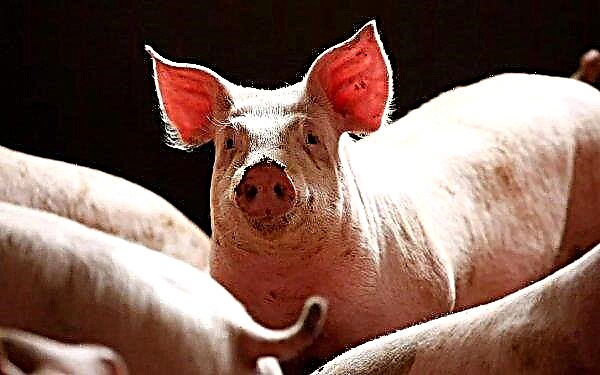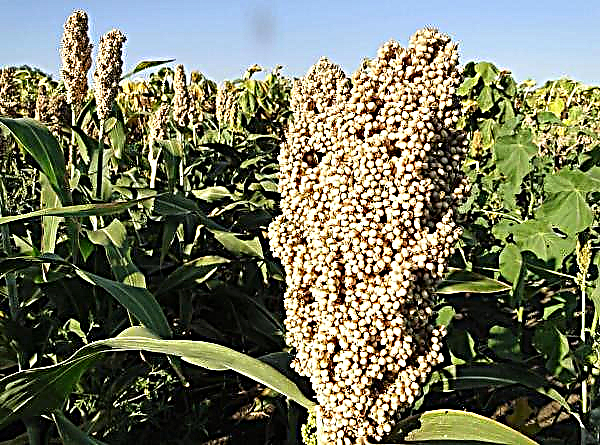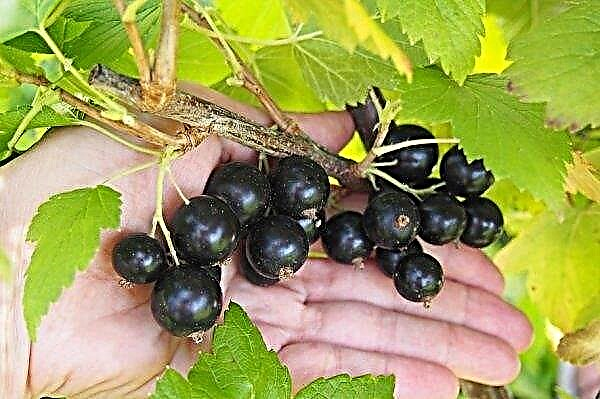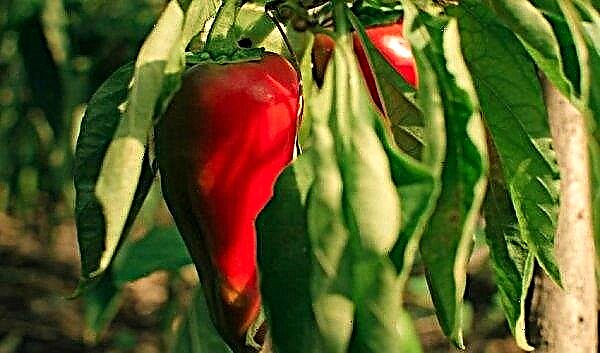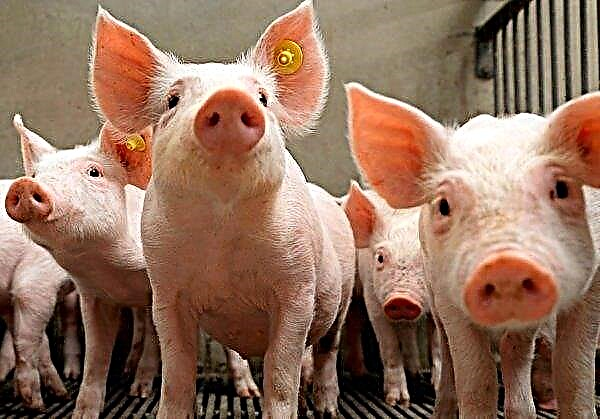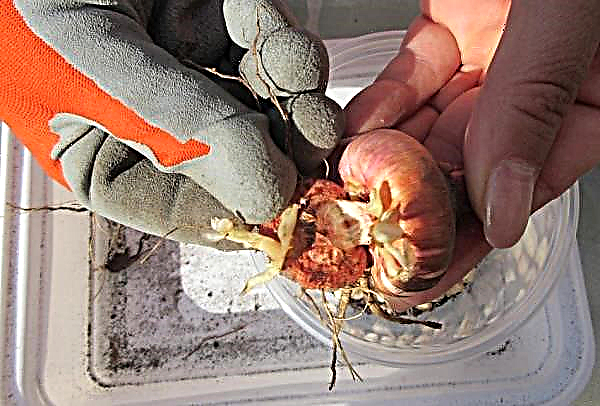In the city of Sochi, the joint work of Russian scientists and their colleagues from the People's Republic of China began. The best minds of the genetic selection of both states work in one direction - they analyze the DNA of tea leaves and their genomes, which determine the qualitative characteristics of the culture.
It is known that the process involves the most progressive employees of the All-Russian Research Institute of Floriculture and the Study of Subtropical Plants and five leading experts from a state university located in the East China province of Anhui.
The study of DNA from tea leaves takes place at a tea factory in the city of Matsesta. At the moment, a comparison is being made of the Kimong tea - scientists find similarities and differences in vegetation and other factors of development and quality between tea that was grown on Chinese plantations and samples that grew in the Krasnodar Territory.
“We managed to identify those genomes in tea of the Kimmun variety that determine the aroma of the culture, the amount of caffeine, as well as theanines and other substances. In addition, we were able to establish during which season these genomes are revealed to the maximum, say Chinese tea growers.
At the moment, we and our Russian colleagues are faced with the main task: to determine whether all these factors change, provided that the tea is not grown in China, but, for example, in Sochi, Matsesta or in other areas of the Krasnodar Territory. ”
Scientists are convinced that the study of these features will allow them to achieve increased yields of tea on any land, as well as provide an opportunity to develop more and more varieties.

